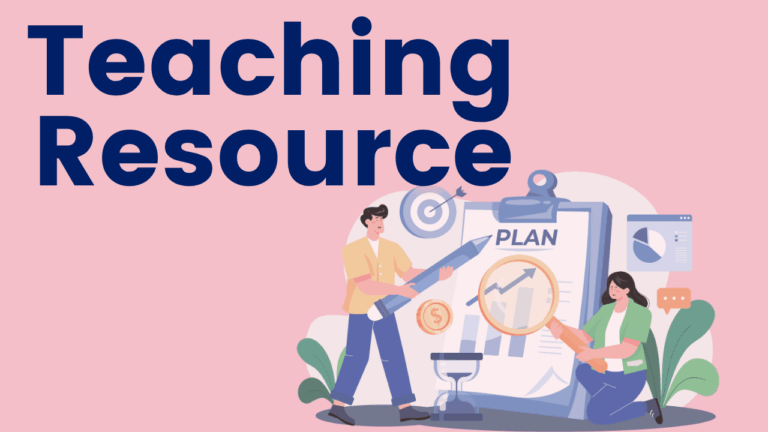The Power of Text Sets
In this 2-page handout from Achieve the Core, you will learn all about text sets: what they are, why they are important, where to source some, and how to build your own.

In this 2-page handout from Achieve the Core, you will learn all about text sets: what they are, why they are important, where to source some, and how to build your own.

In this overview from Reading Rockets on teaching text structure, you’ll learn about the 5 most common text structures (narrative, descriptive, expository, procedural/instructional, and argumentative/persuasive) and their features and how to help students learn to identify and use text structures in their reading and writing. The article also provides downloadable printables that can be used…

In this International Dyslexia Association Perspectives article, Nancy Chapel Eberhardt discusses instructional practices to teach grammar and syntax with a focus that will increase the reader’s understanding of complex texts. This article will give educators examples of how to use a Function-Based Instructional Approach in their classrooms, including sentence expansion, using because but so, and…

In this International Dyslexia Association Perspectives article, Kate Cain explores the topic of reading comprehension and how language skills develop. The article explains how vocabulary acquisition, understanding of sentence structure and how sentences work together, the ability to infer and integrate information, and building a mental model of the text’s meaning while you are reading…

In this International Dyslexia Association Perspectives article, authors Jane Oakhill and Kate Cain explore the factors supporting reading comprehension beyond basic decoding and suggest critical skills that should form the core of literacy instruction and interventions to support poor reading comprehension. The article outlines which skills are critical, such as teaching specific vocabulary words, how to…

In this Knowledge Matters Campaign article, Daniel Willingham explores the factors that lead to critical thinking skills, noting that background, or domain knowledge, plays a key factor. Willingham notes, “background knowledge is absolutely integral to effectively deploying important cognitive processes,” suggesting that facts that are taught need to be meaningful, can be learned incidentally and…

In this column for American Educator, cognitive scientist Daniel Willingham defines critical thinking and provides strategies for fostering thinking in the everyday classroom. Willingham defines critical thinking in three ways stating it must be: novel, self-directed and effective and that it is the third attribute that makes it difficult as what constitutes effective thinking varies…

In this Occasional Paper Series from Education Future Frontier, cognitive scientist Daniel Willingham takes a deep dive into the science behind teaching critical thinking and offers strategies such as understanding the domain knowledge required for understanding, creating conditions for transferable skills, and understanding the structure of the problem, to help students gain and use critical…

In this lesson, students delve into how media constructs reality through the lens of TV families, paralleling them with their real-life counterparts—personal and peer families. The session commences with a survey of students’ beloved family-oriented TV shows and their allures. Organized in groups, students opt for a family-centered show to monitor and assess. Post presentations,…
This tailored instructional content guides educators in facilitating a lesson where students confront the challenges of discerning genuine from false online information. Through structured steps, students learn to verify online content and then creatively synthesize their understanding by designing a poster that underscores the importance of critically evaluating digital information. The lesson’s outcomes encompass acquiring…

This tailored instructional content guides educators in facilitating a lesson where students discuss children’s television programming and its portrayal of gender roles. Through discussions, students identify unfavourable aspects in these portrayals and craft their TV characters that challenge these negative representations. The lesson draws from research by Maya Götz from the International Central Institute for…

Wanting to up your read aloud game? This lesson plan from Dr. Stephanie Stollar will support you in maximizing vocabulary and comprehension in your read alouds.

Funding for ONlit.org is provided by the Ministry of Education. Please note that the views expressed in these resources are the views of ONlit and do not necessarily reflect those of the Ministry of Education.
© 2025 ONlit. All rights reserved.